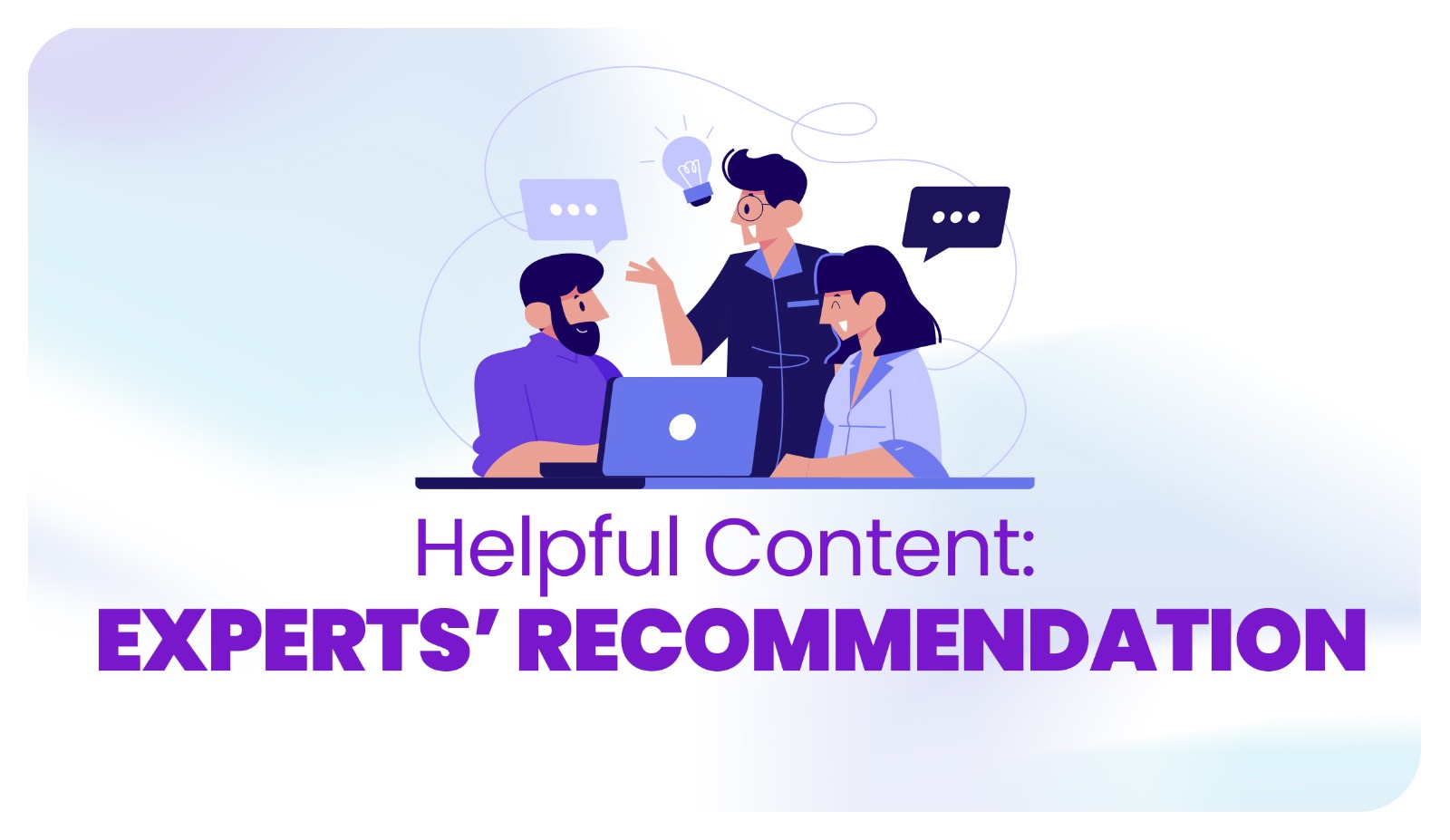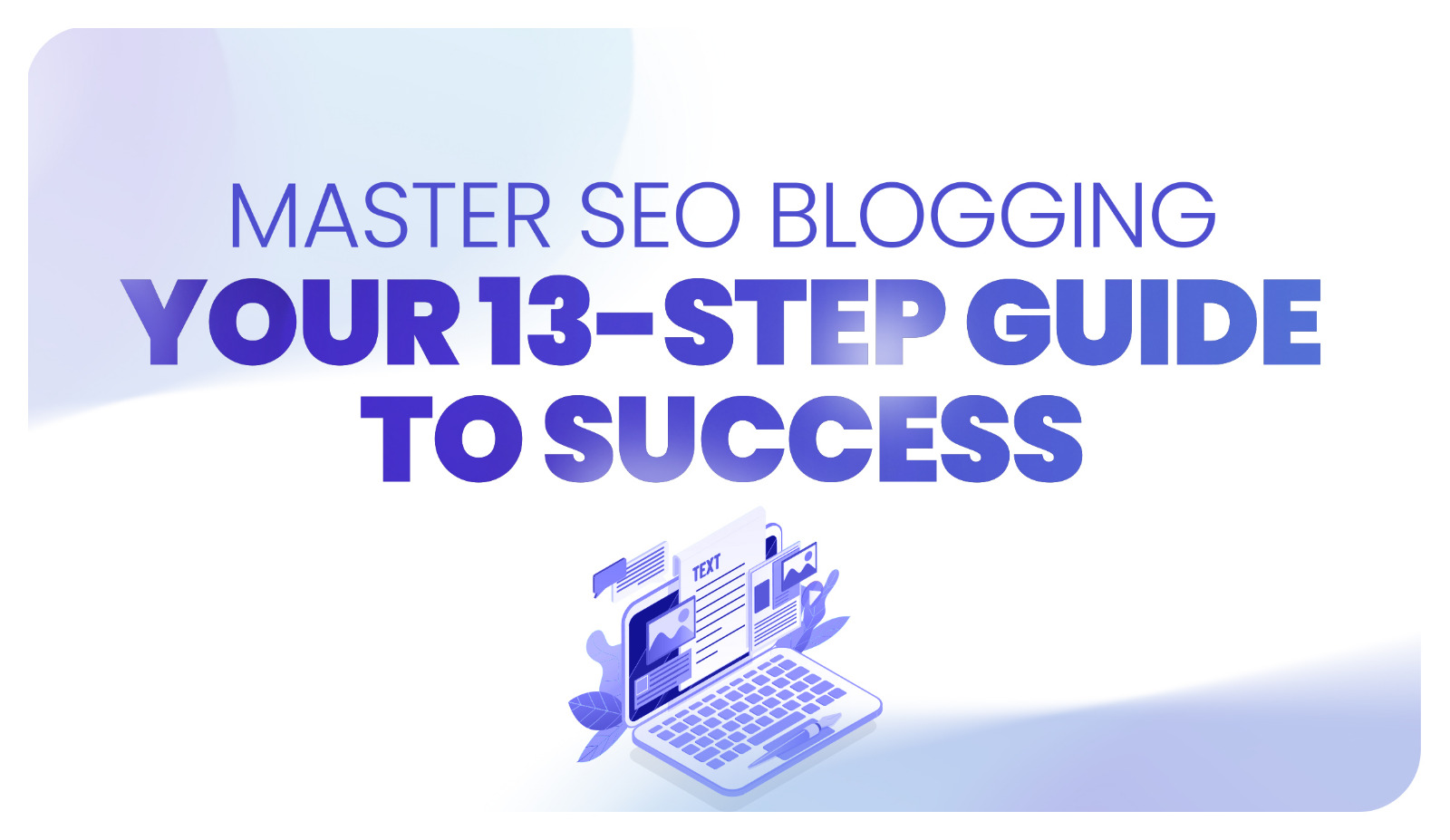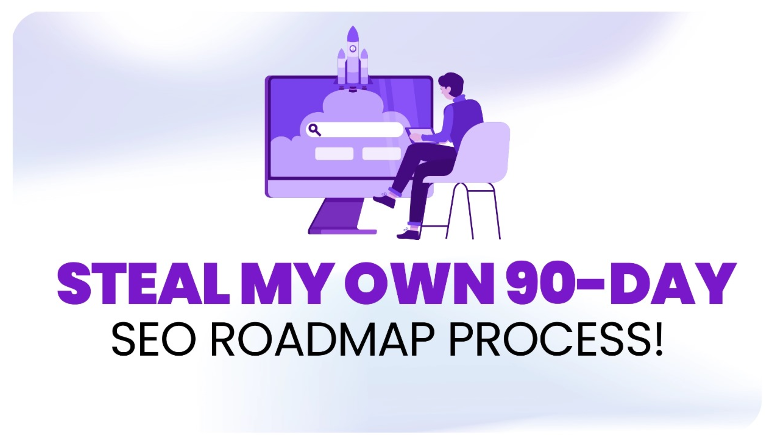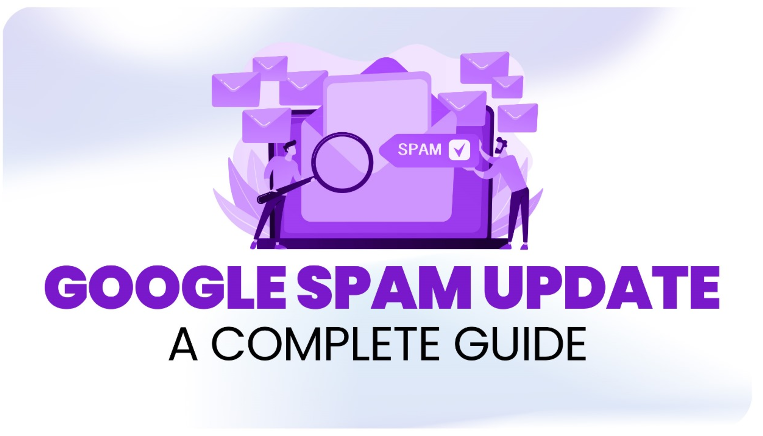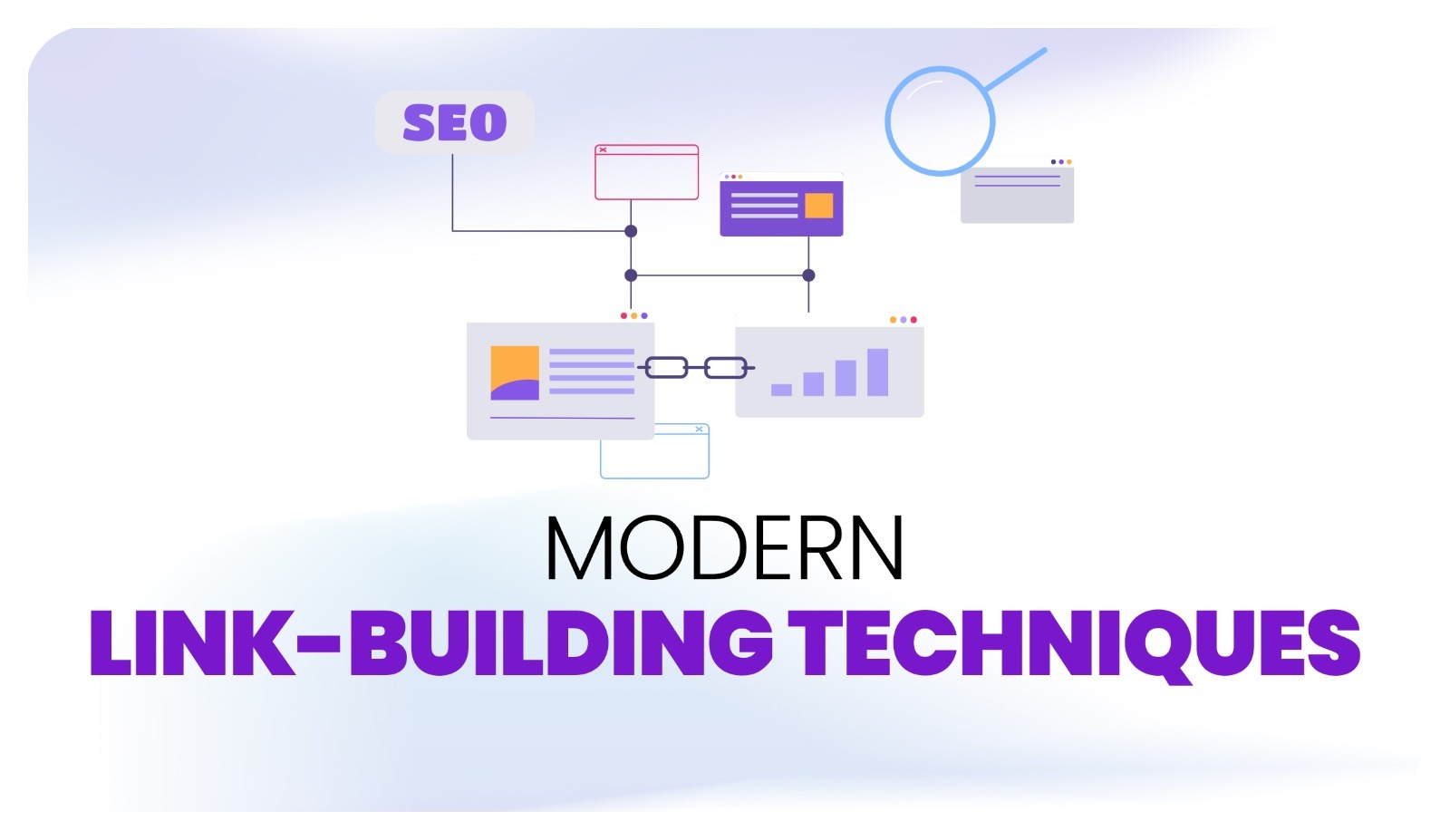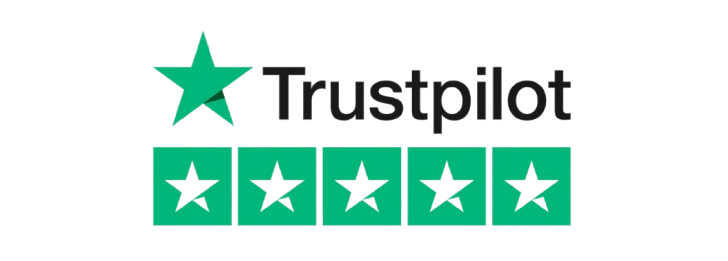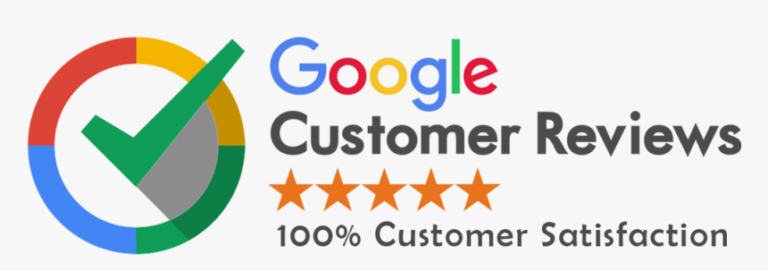Thus, sharing content only for the Search Engines in today’s world is not a very sustainable and successful business strategy. This is another factor that has cropped up in recent years as the search engine, which is Google in most cases, aims at serving the users’ needs best by providing helpful content. Helpful content must meet two guideline criteria: First, it refers to content about the site’s topic and within the site’s scope; second, such content should be informative, instructional, and not merely promotional.
With this in mind, this blog post will cover what counts as helpful content in SEO, why it is useful, and how to make use of it in crafting content that is good for users and search engines. When studying helpful content as a concept, everyone learns how to understand audiences and make them stay on the site as well as rank on the Search Engine Results Page.
1. Understanding Helpful Content in SEO
In SEO helpful content means the content that meets the user’s expectations and fulfills their purpose of search by offering useful, relevant, accurate, and actionable information. Different from content optimization which is driven by the use of keywords, titles, and descriptions with the intent to trick search engines into ranking your site high, helpful content is informative and addresses the end user’s needs, questions, and/or concerns.
Google released the Helpful Content Update in a bid to help sites maximize the generation of helpful content. According to Google, helpful content should:
- Meet the user intent as closely as possible
- Be informative, finely tuned to the subject, and comprehensible.
- User experience should for instance override the need to pack a page with keywords, or irrelevant terminology.
Thus, the valuable content is more relevant to the target user’s query, engaging, and, ultimately, brings a pleasant and constructive attitude towards the site.
2. Why Is Helpful Content Important for SEO?
Given that user satisfaction and relevance started to define the position of the web page in SERPs, the topicality of the content is a requirement for any effective SEO plan. Here’s why it matters:
- Improves User Experience: When the information is provided to answer questions or solve problems bounce rates are reduced as well as dwell time – both are signals of quality to search engines.
- Builds Trust and Authority: Useful content proves one’s competence and credibility and builds brand credibility in the marketplace.
- Increased Engagement: When users get something out of your articles then they are likely to spend more time on your site, explore more of your site, and possibly come back for more content.
- Enhances SEO Performance: Google and other search engine companies have set goals for producing high-quality content that meets consumers’ needs. This means that when you make your website develop great content that is helpful to users then your website will be likely to rank high.
Finally, useful content solves the problem of your target clients, which in addition to affecting rankings increases their trust in your brand.
3. Characteristics of Helpful Content
To create truly helpful content, it’s essential to understand the elements that make content valuable to users:
- User-Focused: Content should be created with a specific audience and the issues that can be solved by using the product or service.
- Comprehensive and Informative: Helpful content contains detailed yet comprehensive information regarding a specific topic; therefore, it doesn’t bore the reader with unnecessary information.
- Clear and Easy to Understand: Do not use or avoid specialized vocabulary where it can be completely avoided. Your content should be easily consumable, palatable, and comprehensible.
- Accurate and Reliable: People must rely on the information they search for. It is always good to check on facts, and it is always good to borrow some information from other sources to make the content more reliable.
- Actionable: The use of helpful content is another aspect that tends to be the most preferred one because helpful content mostly provides tips on how users can solve their issues and therefore people are not only enlightened but also capable of getting what they specialize in as a result of the tips provided.
- Engaging and Well-Structured: Using headings, bullets, and illustrations while presenting information facilitates the uptake of such information and makes the users keen.
4. How to Create Helpful Content: A Step-by-Step Guide
Step 1: Identify and Understand Your Audience
Know your audience first before putting any content: This cliché cannot be more true than with writing. Choose the audience and analyze their operational data as well as key interests. This will help you to create value for the customer by presenting to them the right information that meets their needs and the creation of a more compelling experience.
Tips:
- There are many ways to conduct market research and some examples are Google Analytics or statistics on social media.
- Ask them questions that will help you obtain a clearer perspective about your desired consumers.
Step 2: Focus on User Intent
Search intent commonly known as user intent refers to the ‘reason’ behind the particular search made. It means understanding the purpose of using specific keywords to guarantee the content you develop will meet the user’s requirements. There are generally three types of user intent:
- Informational Intent: People are searching to know something. Make the answers straightforward and also give elaborative explanations.
- Navigational Intent: Users want to get to a particular site or a page of a site. Make sure your content is not going to confuse your visitors, by making it difficult for them to navigate through your site.
- Transactional Intent: Prospective customers are one step away from making a buying decision or performing an activity. In this case, content should lead them to the next logical thing; for instance, the purchase of a product or subscription to a service.
Tips:
- Currently, apply Google search results to better understand the competition for a chosen keyword. This indicates what users are likely to expect an application to be like.
- Also, you may use structured data and rich snippets to help some types of search intentions using your content.
Step 3: Perform Thorough Keyword Research
Helpful content is not created around keywords alone although including the right keywords appropriately is wise. Make use of keywords that describe user needs with the content you produce but do not use excessive keywords.
Tips:
- Google Keyword Planner, Ahrefs, as well as, SEMrush are tools in which one can find out relevant keywords of the topic and user intent.
- Long tail keywords are more targeted concerning search intents.
Step 4: Structure Your Content for Readability and Engagement
Relevance of appearance is considered to be equivalent to relevance of content. It’s essential to organize the content in a manner that will allow a user to quickly skim through it if he/she chooses to.
Tips:
- Subdivide your content with headings (H1, H2, H3,… etc.
- You should use bullet points, lists, and short paragraphs for better readability of the content showing.
- Include such things as images, infographics, and charts in the article so as to make understanding easier where necessary.
Step 5: Prioritize Quality Over Quantity
When it comes to helpful content it is not the quantity that matters but the quality and how it will help a reader. Instead of churning out hundreds of articles, think in terms of creating one piece of content of an extremely high degree of value.
Tips:
- Never post information that can be of no use in the real world. We also discourage the use of weak language and sheer verbosity, such as having long digressive passages.
- Edit previous articles often to retain the information’s relevancy which alongside tells the search engine that the content is fresh.
Step 6: Make Content Actionable
Readers are in most cases looking for information that can lead them to the next step of taking action. Whenever possible try and offer some advice, ideas, or some form of asset.
Tips:
- Provide an example of how users can apply what is revealed because of your findings or as a result of your research.
- Try to link users to related articles or pages that they can read next, tools you deem will suit them next, or pages on your website that they can visit.
Step 7: Optimize for Mobile
- Since most of the Material is used through portable devices, it is important to highlight that the Material should be highly useful.
- Tips:
- Always make sure that the content you develop adopts the right responsive design techniques to fit the many devices available currently.
- Make all images, texts, and buttons clearly visible and easily clickable on a smartphone.
5. Avoiding Common Mistakes with Helpful Content
Creating helpful content requires avoiding these common pitfalls:
- Overloading with Keywords: keyword stuffing decreases the reading ability and user-friendly nature of the material.
- Focusing on Search Engines Over Users: Think about your audience, rather than crawled bots that scan your website.
- Creating Generic Content: Generic and shallow material does not attract users or meet their requirements. It is always better to offer a fresh view or angle in covering a story.
- Ignoring Updates: Now, if the content is stale it is likely to cause the user to make a wrong decision which is detrimental to your reputation. You should maintain the content relative and current in your field, but also alter the piece if it becomes dated.
6. Measuring the Effectiveness of Your Helpful Content
Having the goals set up in this way means that the effectiveness of the content is to be measured in terms of user engagement and SEO factors.
Key Metrics to Track:
- Bounce Rate: Failure meaning high bounce rate may be due to the fact that users who visited the site did not find it useful to their search.
- Average Time on Page: This will show how long a user spends on your page and this can provide some level of engagement.
- Social Shares and Comments: You should consider Social media interaction and Comments as its value propositions.
- Search Rankings: How does your content do in Search Engine Results Pages (SERPs) over time?
Such metrics include, using Google Analytics, and for the ones that get a lot of clicks, you can set one as the link or the ad.
Final Thoughts:
Helpful content in SEO means that only users will be helpful through an SEO program, which means that actual information must be helpful for users and visitors. Just think about the user intent or about helping users understand the information in a clearer and more actionable way, or about structuring content with an intent to attract the reader’s attention and give them what they want to read – and there you have friendly content that ranks well.
It is important to remember that the purpose of helpful content is not merely visitor acquisition, it is to provide solutions that will bring users. Using the primary focus on the user, your articles will always be relevant to the things that search engines will propose to the audience, thus creating loyal readers and high ranking.


